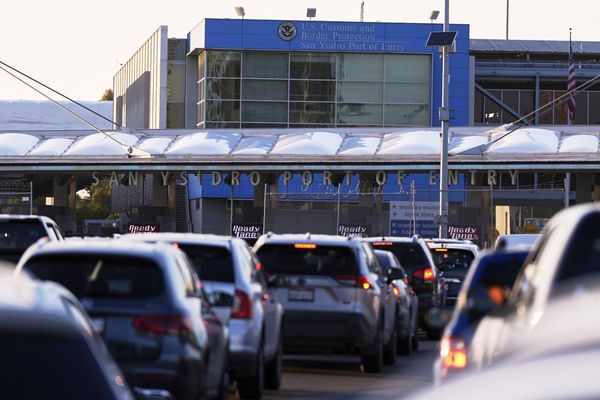

ANU astronomers leading an international team who have discovered the fastest-growing black hole of the last nine billion years believe it is a "record [that] will not be broken".
Researchers said the black hole shines 7000 times more bright than all the light from our own galaxy, meaning even backyard astronomers may be able to see it.
The black hole also consumes the equivalent of one Earth every second and has the mass of three billion suns.

Lead researcher Dr Christopher Onken and his co-authors described it as a "very large, unexpected needle in the haystack".
"Astronomers have been hunting for objects like this for more than 50 years. They have found thousands of fainter ones, but this astonishingly bright one had slipped through unnoticed," Dr Onken said.
Co-author, Associate Professor Christian Wolf, said he did not believe astronomers will find another black hole like this discovery as "we have essentially run out of sky".
"This black hole is such an outlier that while you should never say never, I don't believe we will find another one like this," he said.
"We are fairly confident this record will not be broken. We have essentially run out of sky where objects like this could be hiding."

Dr Onken said researchers wanted to know why this black hole had been undiscovered until recently.
"Did something catastrophic happen? Perhaps two big galaxies crashed into each other, funnelling a whole lot of material onto the black hole to feed it," he said.
The ANU said "anyone with a decent telescope in a very dark backyard can see [the black hole] comfortably".

"It is 500 times bigger than the black hole in our own Galaxy," co-author and ANU PhD researcher Samuel Lai said.
"The orbits of the planets in our solar system would all fit inside its event horizon - the black hole's boundary from which nothing can escape."
The discovery was made as part of the SkyMapper project.
The research has been published to arXiv and submitted to Publications of the Astronomical Society of Australia.







